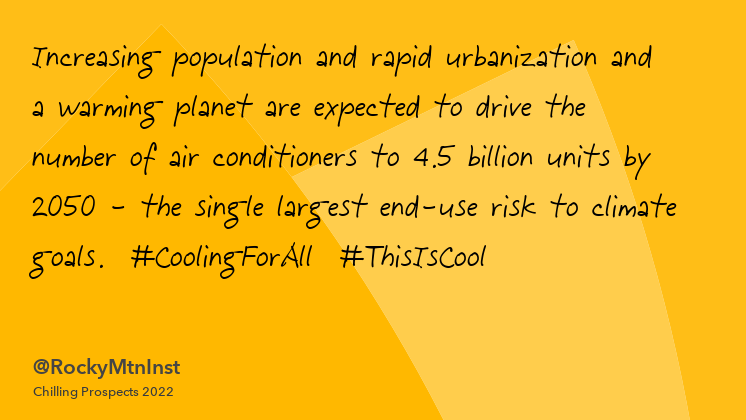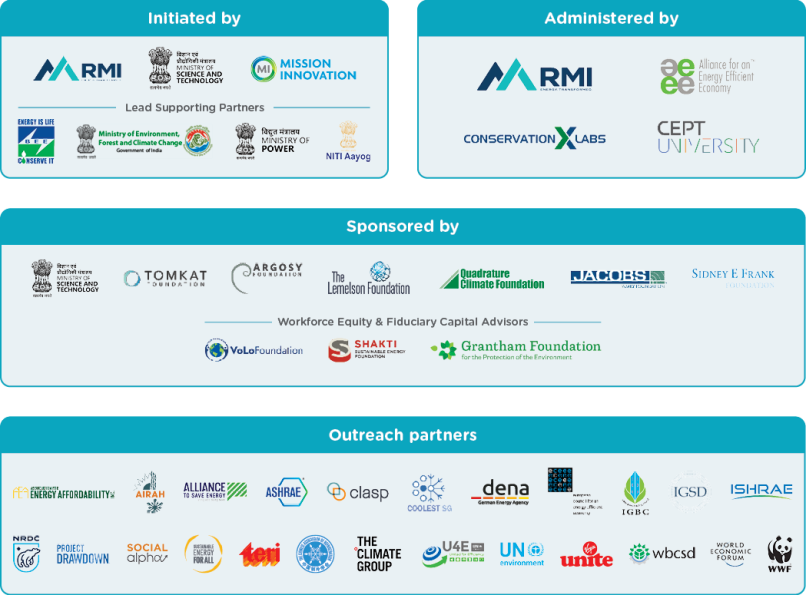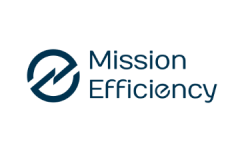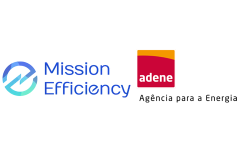Chilling Prospects 2022: The cooling dilemma
|
Reflections on five years of the Kigali Amendment by The Rocky Mountain Institute (RMI) |
In many parts of the world, access to affordable cooling is increasingly viewed as a societal need. Cooling supports positive health outcomes, higher productivity, and accelerated economic development. However, over 3 billion people in the world today face some risk to their health and safety due to a lack of access to cooling.
Increasing population and rapid urbanization, coupled with a warming planet are expected to drive the number of residential/room air conditioners (RACs) in use from 1.2 billion units today to 4.5 billion units by 2050. The electricity consumption associated with today’s RACs, combined with the atmospheric impact of the refrigerants used in these units, represents one of the single largest end-use risks to our global climate goals.
Herein lies the cooling dilemma: although increased access to cooling positively impacts the health, wellbeing, and productivity of people around the world, it comes at an environmental cost that we simply cannot afford.








